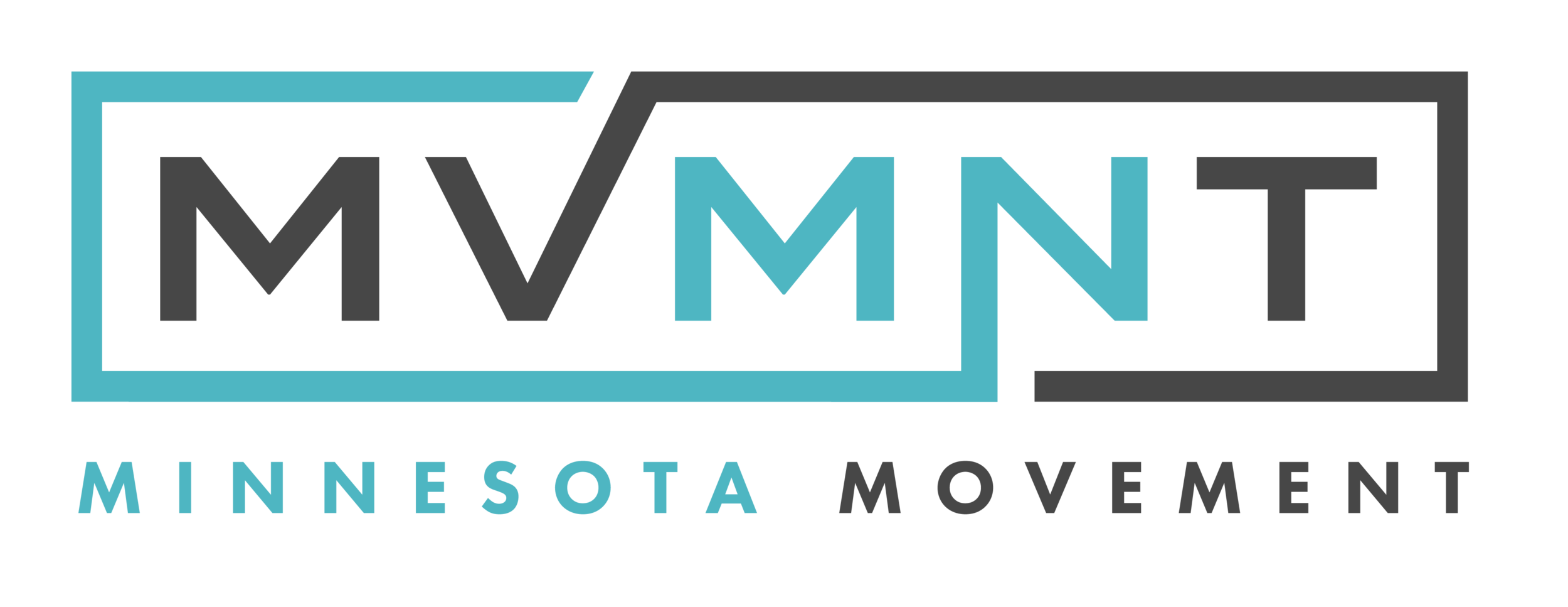Ready to Run! / Avoiding Common Spring Ramp-Up Injuries
Ahhh, spring! The days are longer, the sun is shining, and you’re finally lacing up your running shoes again after a long winter of... well, let’s just call it "hibernation." Whether you’re training for a race or just eager to get back into the groove and enjoy the breeze in your hair - this is when many runners ramp up mileage. And also when a whole bunch of annoying injuries start creeping in. But don’t worry, I’ve got your back (and your knees, and your shins)!
The Most Common Spring Running Woes (and How to Dodge Them)
1. Shin Splints (a.k.a. The "Why Do My Legs Hate Me?" Pain)
Shin splints are like that clingy ex—you think you’ve moved on, but they always come back when you least expect them. Usually caused by increasing mileage too soon or running in blown-out shoes, shin splints can make every step feel like a mistake.
Avoid them by:
Gradually increasing your mileage (no more than 10% per week!)
Swapping out old running shoes (seriously, check your soles—are they sad and flat?)
Balancing the strength of your tibialis anterior (that muscle on the front of your shin) compared to your calves. Some simple tactics to strengthen the Tib Anterior are doing toe taps and eccentric biased banded toe/foot lifts
2. Runner’s Knee (a.k.a. "Why Do Stairs Feel Like Everest?")
This is that achy pain right around (or under) your kneecap that loves to show up when you go downstairs. It’s usually caused by weak hip rotators and quads not pulling their weight, leaving your knee to take the hit.
Avoid it by:
Strengthening your glutes (especially glute med!) and the quads with exercises like Bulgarian split squats and step-ups. Typically this knee pain shows up from lack of deceleration control (which is why it hurts going DOWN stairs!) So focus on the ‘negative’ component of these movements where the muscles are eccentrically lengthening.
Making sure your running form isn’t too "knee-heavy"—aim for a slightly forward lean instead of full-tilt forward like a sprinter. It’s easier said than done, but setting aside some steps in your runs to focus on hip extension through the Glute Max vs. compensating from the spine or pelvis. This propulsion is more efficient than a marching quad-dominant gait.
Mixing in cross-training (cycling, swimming, strength training) to keep things balanced
3. Achilles Tendonitis (a.k.a. "Why Does My Heel Feel Like It’s on Fire?")
You know that tight, burning sensation at the back of your heel? That’s your Achilles telling you it’s not happy. Spring runners often fall into the trap of doing too much, too soon, especially if they’ve been less active all winter. These thick tendons adapt slowly! Ramping things up too soon is typically the culprit.
Avoid it by:
Easing into hill running instead of attacking them like a maniac. Also; no more than 10% increase in mileage per week!
Doing eccentric heel drops to strengthen the tendon (stand on a step, rise onto your toes, then lower slowly)
Wearing supportive shoes with a proper heel-to-toe drop for your foot type. This does NOT mean that a zero drop shoe is for you! Find a specialist in shoe fitting (like our favorites at Lakes Running Co.) to get you in the right sneaks!
4. Plantar Fasciitis (a.k.a. "Morning Foot Pain That Makes You Walk Like a waddling Grandpa penguin")
That sharp, stabbing pain in your heel first thing in the morning? Yeah, that’s likely plantar fasciitis. It happens when the muscles and tissues at the bottom of your foot gets overworked and inflamed—often from ramping up mileage too quickly or wearing improper shoes for the activity. Classically this is blamed on too little support, but we can easily see this issue arise from too much support too!
Avoid it by:
Rolling out your arches with a golf ball or lacrosse ball (or a frozen water bottle for an extra treat)
Strengthening your foot muscles with super dooper thrilling foot exercises and single-leg balance work
Keeping your calves loose with regular stretching and mobility work at full range.
How to Keep Running Strong (Without Breaking Yourself)
Warm Up Like You Mean It – I know what you’re thinking. And I know what you’re doing. (Or should I say NOT doing.) Runners are notorious for skipping the warm-up and saying things like “isn’t the first mile a warm-up?!” Stop it. Dynamic stretches, mobility drills, and activation exercises will do wonders to keep you from feeling like a rusty tin man.
Strength Train (Seriously, Do It!) – Stronger muscles = better running form = fewer injuries. Simple math really. Of course we want to focus on the big muscles like the glutes, quads, core, and calves. But running is primarily straight forwards, so take some time to add in lateral and rotational work too!
Listen to Your Body – If something starts feeling "off," don’t push through it. Address small issues before they turn into big problems. “Listen when it whispers instead of waiting for it to yell.”
Get a Gait Analysis – Not sure if your running form is setting you up for disaster? We’ve got you! A movement assessment can help pinpoint issues before they lead to injury.
Recovery is Key – Foam rolling, stretching, and (of course) good sleep and nutrition all play a role in keeping you in the game. Don’t skimp on this!
Need Help Getting Back on Track?
If you're dealing with nagging pain or just want to make sure your body is built for the long run, let’s chat! At Minnesota Movement, we specialize in keeping runners strong, mobile, and pain-free using targeted rehab and tailored movement-based treatment. Book a session and let’s make this your strongest running season yet!
Fill out the form below to set up a FREE Consultation with us!





